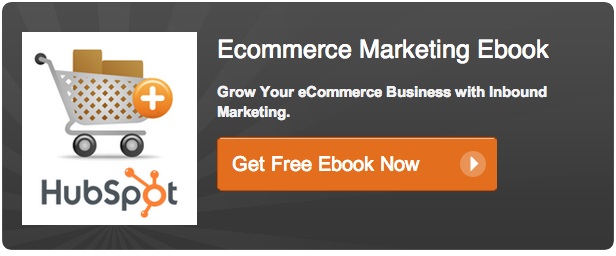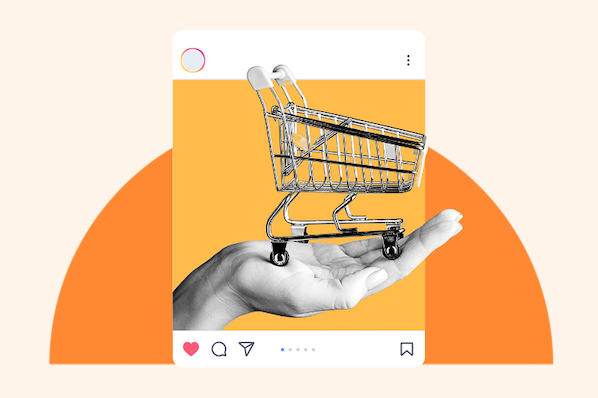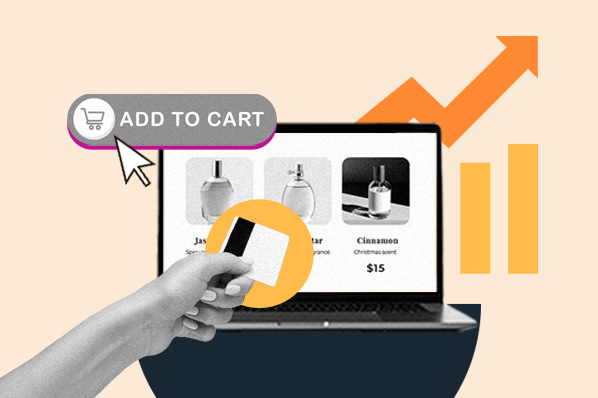 While an ecommerce site will always be focused around driving transactions, capturing the huge non-transacting majority for emarketing presents a major revenue opportunity and marketing challenge.
While an ecommerce site will always be focused around driving transactions, capturing the huge non-transacting majority for emarketing presents a major revenue opportunity and marketing challenge.
The very best converting ecommerce sites make extensive use of remarketing tools to improve their ultimate transaction rate and retain visitors who are not yet ready to buy. These sites capture visitor information early, use value-added marketing offers, and have unique product page content beyond the boring manufacturer's same-old template.
For ecommerce sites that don't convert at 18% or better, implementing non-transactional leads can greatly improve their ultimate conversion rate. A poor implementation, however, can lead to an even poorer site conversion rate as traffic is siphoned off the primary ecommerce funnel. There are three critical pieces to a successful implementation of offer-driven lead paths. They are:
- Call-to-action button
- Landing page with a form
- Thank you page
Keep reading for implementation and design specifics on these three key pieces.
Call-to-Action Buttons That Don't Cannibalize Transactions
A call-to-action button’s purpose is to capture interest and divert traffic that does not intend to transact immediately. The button itself needs to have specific design and language characteristics to accomplish this goal and not remove people from the primary transactional funnel.
Two critical basics of non-transactional call-to-action buttons design on ecommerce sites:
- Clearly identify the buttons as paths to learning more , not continuing down the purchase path. Visitors will self-select to engage if they are interested but not ready to purchase. Use messaging like "Looking for more? Download the buyer's guide to..." or "Need more information before you buy?" to make this crystal clear.
- If the button is placed as a secondary conversion option in conjunction with "buy now" messaging, it should be less eye-catching than the "buy now" button or messaging .
Landing Pages That Capitalize on an Indicator of Interest
Once a site visitor clicks a call-to-action button, they move to a landing page. A landing page is a page with one singular purpose: collect visitor information (a name and email) in return for an asset (a buyer’s guide, ebook, factsheet).
As with the call-to-action button, below are 2 critical considerations particular to ecommerce sites:
- Visitors to your non-transactional landing pages have already indicated interest in downloading the asset and not converting. Take off the sales hat for just a moment ; time to allow visitors to get what they want as simply as possible. That means no “buy now” or product-level messaging and a relatively short form.
- Briefly express the value of your giveaway to capitalize on the previous indicator of interest from the call to action button click. Recall that visitors to the landing page have expressed that they are not ready to purchase right now and are looking for more information. It’s better to capture their information here than have them defect and buy from a competitor next week.
Thank You Pages That Don't Maroon Shoppers
After a visitor indicates interest by clicking a call-to-action and completes the form on the landing page, the site needs to uphold its end of the bargain and deliver the asset. The most effective way to deliver the asset is on a dedicated thank you page. On this page, the asset is can be linked along with hooks back into the main site’s funnel. This page may even remain open as people peruse your content, so keeping links back to the main ecommerce funnel may yield some additional utility.
Two important elements for thank you pages on ecommerce sites:
- Keep the first, clearest link on the page for the asset . People have come through the landing page and expect a simple method of receiving their asset. Give it to them.
- Other links on the page can fall into two categories, depending on your goals. The links can either continue visitors in the “learn more” mode, which they are already in, and link to a blog or other informational assets. Alternatively, if the asset given away on the thank you page helps visitors make a final buying decision, follow-up links can now direct traffic back into the main ecommerce site funnel. Now is the time to put on your sales hat back on and move people back into the product pages, if you like.
Putting Non-Transactional Ecommerce Leads in Their Place
When the time comes to make a purchase, would you rather have been in communication with a lead for 2 weeks? Or would you rather they make their own unaided decision to type your site into the address bar?
By following the tips above, ecommerce marketers can begin to grow their up-funnel email list and increase customer retention in the critical consideration stage that precedes an online purchase. The best-converting ecommerce sites in the world are doing this already.
Photo Credit: Яick Harris





![How to Write an Ecommerce Business Plan [Examples & Template]](https://www.hubspot.com/hubfs/ecommerce%20business%20plan.png)



![How to Send Effective Order Confirmation Emails [Examples + Template]](https://53.fs1.hubspotusercontent-na1.net/hubfs/53/order-confirmation-email-1.jpg)

![How to Start an Ecommerce Business [Steps + Must-Follow Tips]](https://www.hubspot.com/hubfs/how%20to%20start%20an%20ecommerce%20business.jpg)